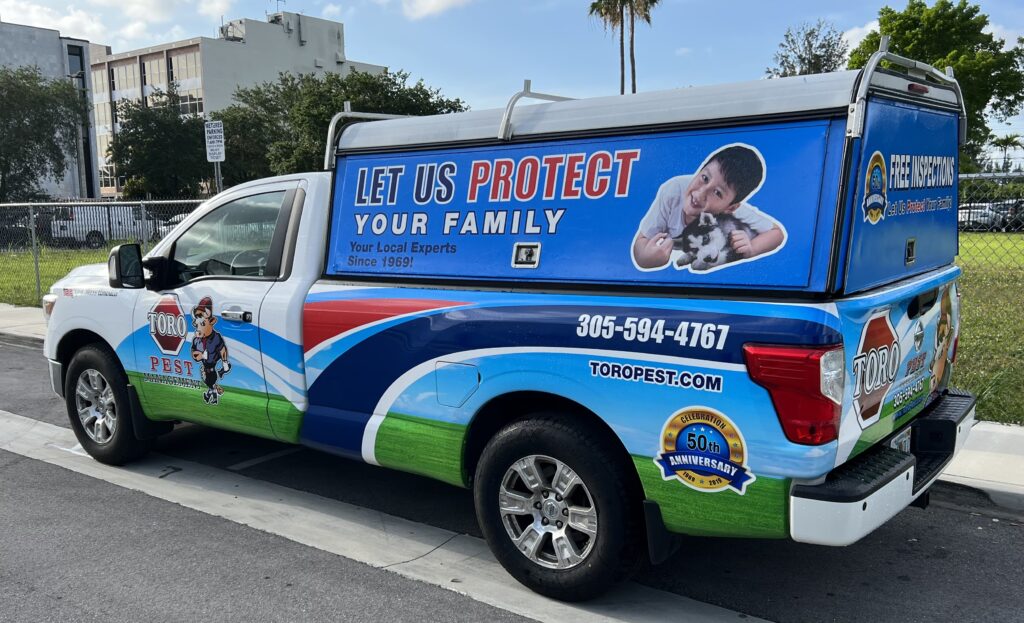Asian subterranean termites are one of the most destructive termite species, causing significant damage to homes and buildings. Understanding the life cycle of these pests can help homeowners identify and prevent infestations. Here’s a breakdown of the life cycle of Asian subterranean termites.
Egg Stage
The termite life cycle begins with the egg stage. After the mating process, the queen lays eggs in a specialized chamber within the colony. The eggs are tended to by worker termites and hatch into larvae within a few weeks.
Larvae Stage
After hatching from the egg, the larvae are fed by worker termites and undergo several molts before reaching the next stage. During the larvae stage, the termites develop into one of three castes: workers, soldiers, or reproductives. The caste that the larvae develop into is determined by the colony’s needs.
Worker termites are responsible for building and maintaining the nest, foraging for food, and caring for the young. Soldiers are responsible for defending the colony from predators, while reproductives (also known as alates) are responsible for starting new colonies.
Pupal Stage
After reaching maturity, the larvae molt into the pupal stage. During this stage, the termites develop into their adult form. The pupal stage lasts for a few weeks, after which the adult termites emerge.
Adult Stage
Adult Asian subterranean termites are typically between 1/4 and 1/2 inch long and have soft, creamy-white bodies. They have straight antennae and are winged, although not all adults have wings. The reproductive adults leave the colony to mate and start new colonies.
Swarmers, or winged reproductives, are often the first sign of an infestation. These winged termites emerge from the colony in large numbers during the spring and summer months and are attracted to light. They often swarm around windows and light fixtures and can be mistaken for flying ants.
After mating, the reproductive termites shed their wings and establish a new colony. The queen begins laying eggs, and the life cycle of the Asian subterranean termite begins anew.
Conclusion
In conclusion, understanding the life cycle of Asian subterranean termites is essential in identifying and preventing infestations. By understanding the different stages of the termite life cycle, homeowners can take preventative measures to protect their homes from destructive termite infestations.
Regular inspections by a qualified pest control professional can also help detect early signs of termite activity, such as the presence of swarmers or mud tubes. Early detection can prevent further damage and protect the structural integrity of your home.
It’s important to take preventative measures to protect your home from termite infestations, as the damage caused by these pests can be extensive and costly to repair. By understanding the life cycle of Asian subterranean termites and taking preventative measures, homeowners can protect their homes from destructive termite infestations.



